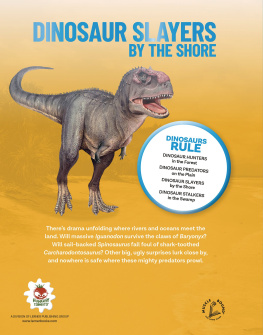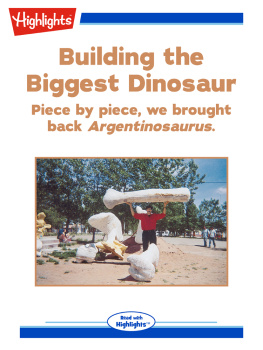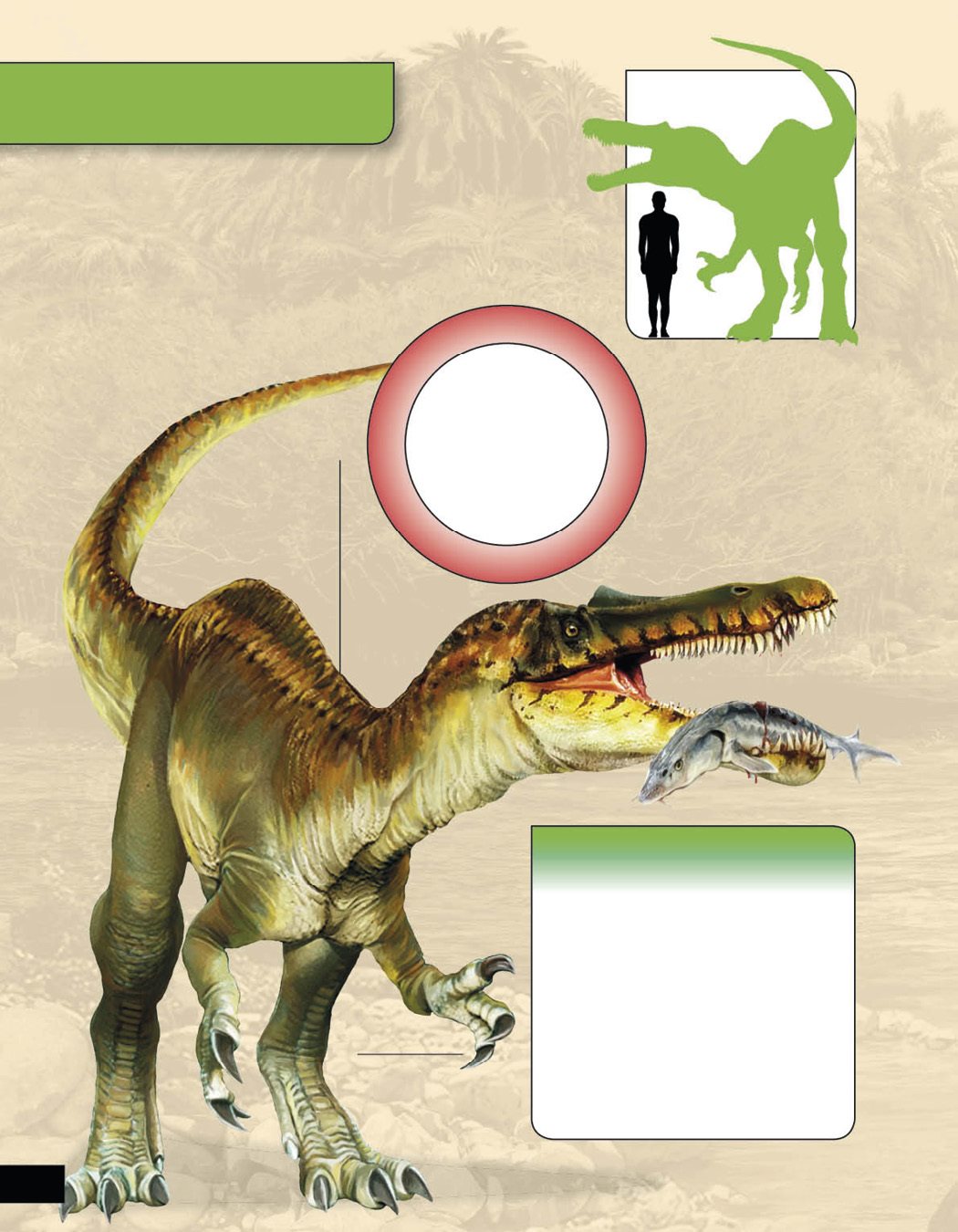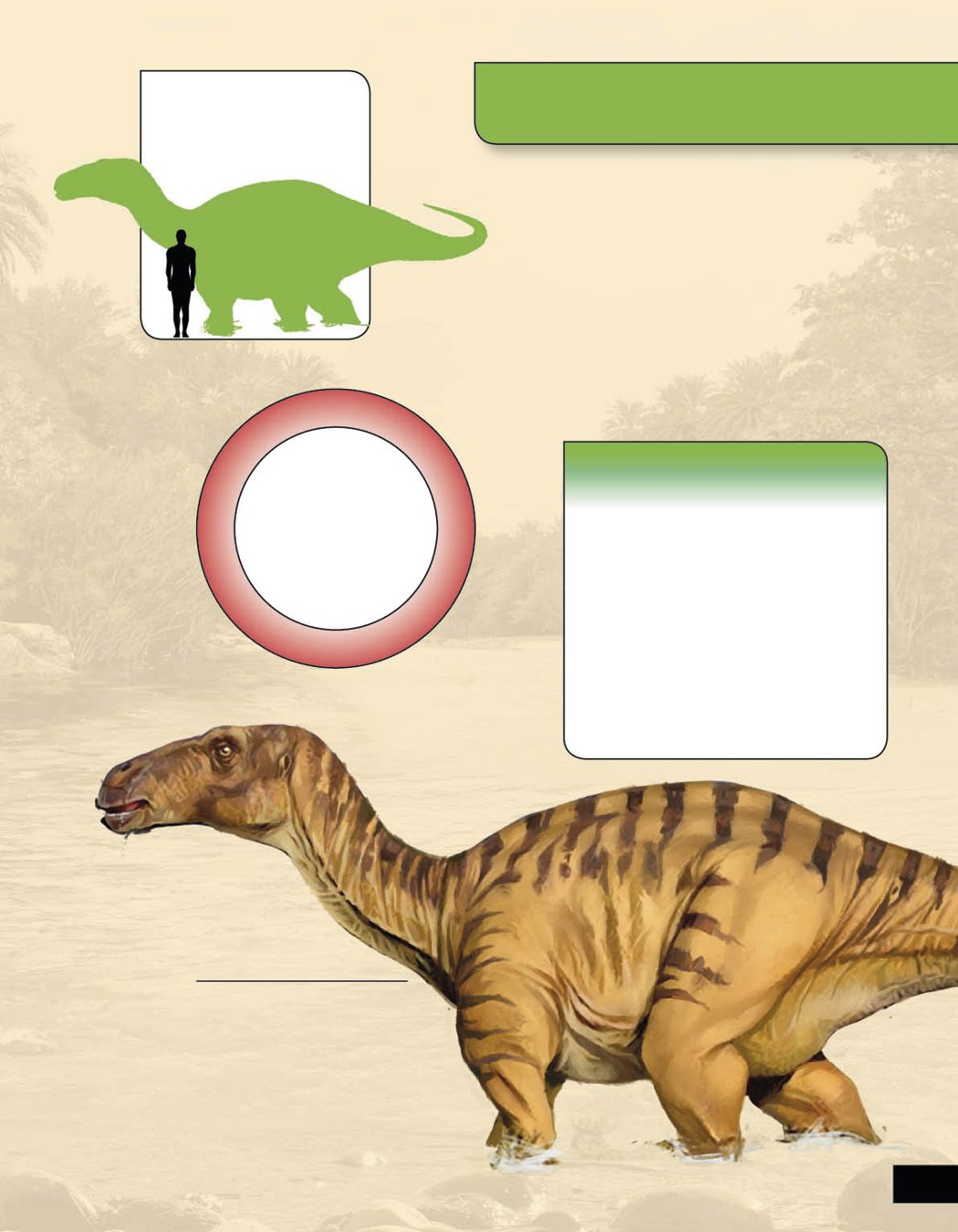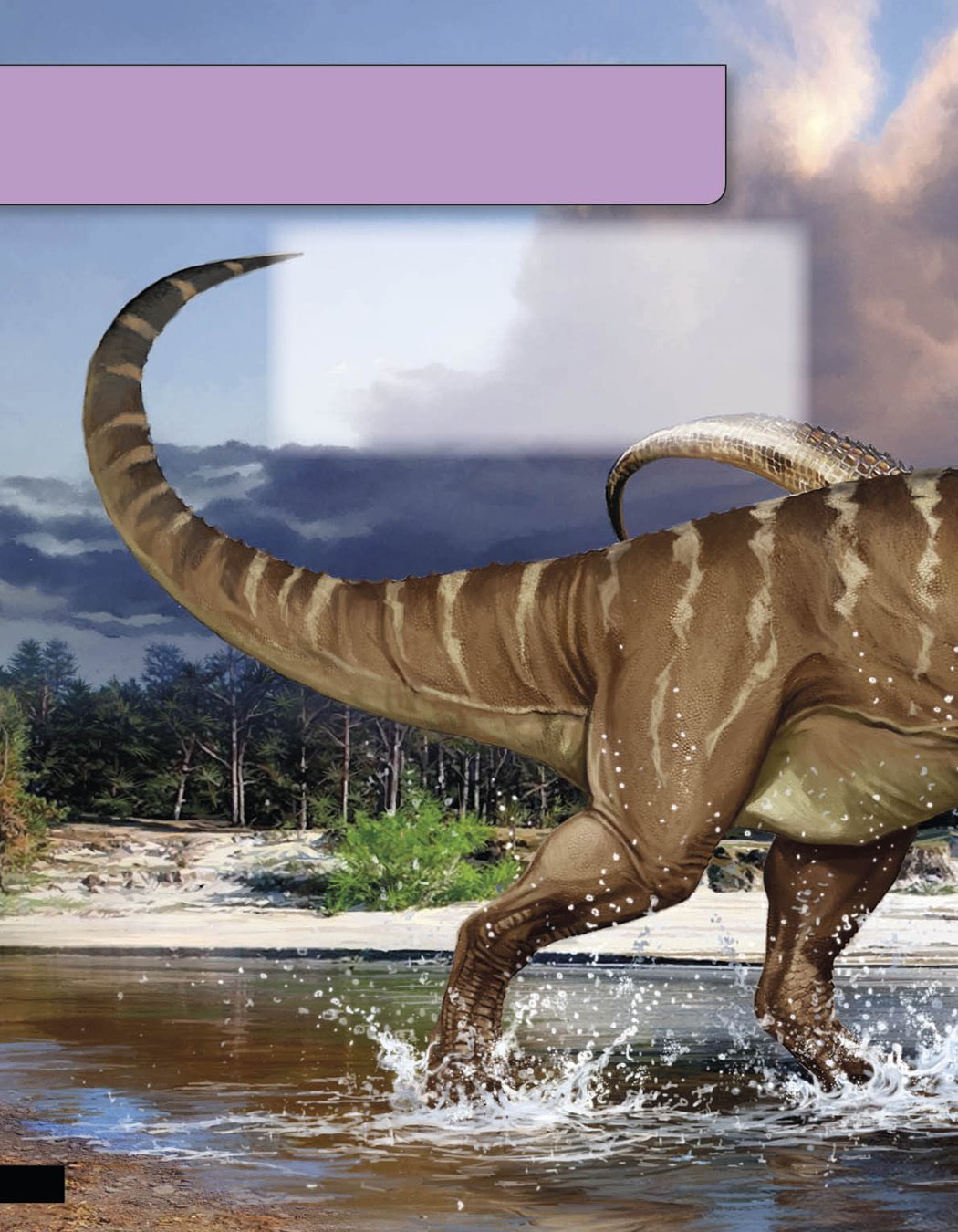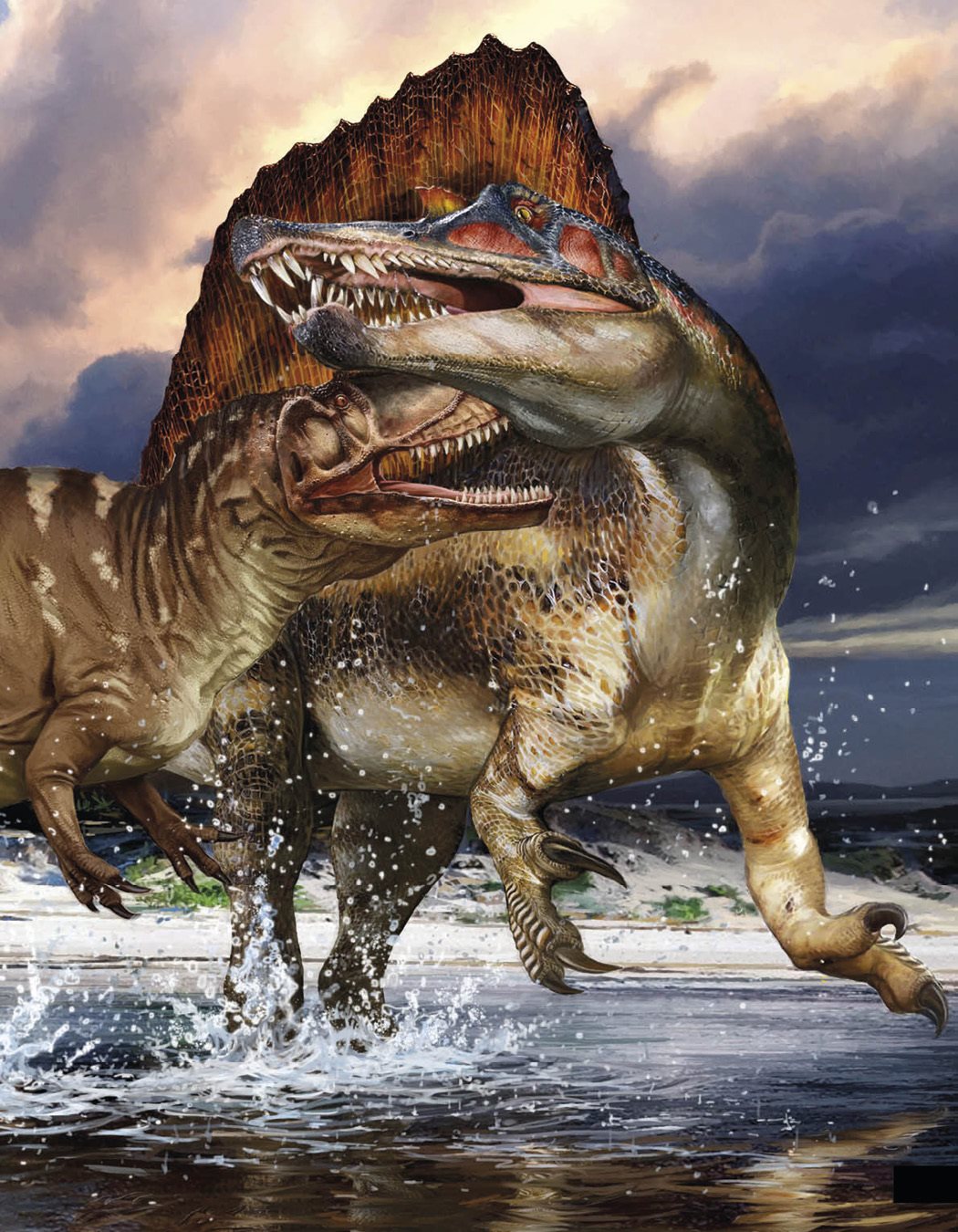Dinosaur Slayers by the Shore
Thanks to the creative team: Senior Editor: Alice Peebles Consultant: Neil Clark Design: Perfect Bound Ltd Original edition copyright 2018 by Hungry Tomato Ltd. Copyright 2019 by Lerner Publishing Group, Inc. Hungry Tomato is a trademark of Lerner Publishing Group All rights reserved. International copyright secured. No part of this book may be reproduced, stored in a retrieval system, or transmitted in any form or by any meanselectronic, mechanical, photocopying, recording, or otherwisewithout the prior written permission of Lerner Publishing Group, Inc., except for the inclusion of brief quotations in an acknowledged review. Hungry Tomato A division of Lerner Publishing Group, Inc.
First Avenue North Minneapolis, MN 55401 USA For reading levels and more information, look up this title at www.lernerbooks.com . Main body text set in Graviola Soft 12/14. Library of Congress Cataloging-in-Publication Data Names: Mason, Paul, 1967 author. | Leonard, Andre, 1954 illustrator. Title: Dinosaur slayers by the shore / Paul Mason ; Andre Leonard, [illustrator]. paper) Subjects: LCSH: DinosaursJuvenile literature. | DinosaursBehaviorJuvenile literature. | DinosaursBehaviorJuvenile literature.
Classification: LCC QE861.5 (ebook) | LCC QE861.5 M342978 2018 (print) | DDC 567.9dc23 LC record available at https://lccn.loc.gov/2018006925 Manufactured in the United States of America 1-43774-33632-4/19/2018
Dinosaur Slayers by the Shore by Paul Mason Illustrated by Andre Leonard
Contents
Reptile Rulers Dinosaurs walked the earth for nearly million years. For their last million years (the Cretaceous Period), dinosaurs were dominant. They really did rule the earth. Practically wherever there was land, there were dinosaurs. Many of them lived on the shores of the sea or around river estuaries, where they could find plenty to eat.
Triassic world (250201 million years ago) A supercontinent called Pangaea was the main land during the Triassic Period.
With only one giant landmass, there were fewer coastlines than later. Cretaceous world (14566 million years ago) During the Cretaceous Period, the continents we know today began to form. There were more coastlines and rivers than ever before. Jurassic world (201145 million years ago) At this time Pangaea began to break up and form new lands. The amount of coastline increased.
A Two-Course Lunch Baryonyx vs.
A Two-Course Lunch Baryonyx vs.
Iguanodon Baryonyx thought it had already caught its lunch some tasty sturgeon. Now, though, a family of Iguanodon has started to cross the river. The young one especially would make an excellent meal. The plant eaters turn backbut Baryonyx has seen them. It may already be too late to escape!
Baryonyx Baryonyx hunted mainly in river deltas, the wide places where rivers flow into the sea. It had a long, shallow head, a stretched-out snout, and long, cone-like teeth.
Once a fish got caught on these, it could not wriggle free. At over .2 tons (2 t), Baryonyx was a large dinosaur. As well as fish, it sometimes hunted bigger prey. Fact file Alive: 129125 million years ago Order and Family: Saurischia/ Spinosauridae Length: ft. (7.5 m) Height : ft. (2.6 m) Weight: 1.3 tons (1.2 t) Diet: carnivorous Fossils found: parts of a skull and skeleton Location: southeast England Grippers Hooked claws helped it grip wriggly fish. (2.6 m) Weight: 1.3 tons (1.2 t) Diet: carnivorous Fossils found: parts of a skull and skeleton Location: southeast England Grippers Hooked claws helped it grip wriggly fish.
Spinosaur Baryonyx was from a family of predators called spinosaurs, which all had a raised ridge along their back. Baryonyx means heavy claw in Latin. Its name comes from the large claw on the dinosaurs first finger. SCALE
Low speed Iguanodon was a heavy dinosaur, and not particularly fast movingespecially when accompanied by young. Iguanodon often walked on four legs, but to escape a predator it probably ran on its more powerful back legs. Iguanodon A large Iguanodon weighed more than 3.3 tons (3 t), so it was a big dinosaurbut not particularly well armed.
Its hands were equipped with a large thumb spike, but it isnt clear whether Iguanodon used this as a weapon. For protection, Iguanodon probably traveled in herds. When these dinosaurs moved in search of food, their herds may have numbered thousands of animals. Fact file Alive: 155126 million years ago Order: Ornithischia Length: ft. (10 m), maybe longer Height: ft. (3.5 m) Weight: tons (3.2 t) Diet: herbivorous Fossils found: many complete skulls and skeletons Location: southeast England; Belgium SCALE
Battle on the Bank Spinosaurus vs.
Carcharodontosaurus Carcharodontosaurus has had a very nasty surprise. It came to the waters edge for a drink and accidentally strayed into the territory of a giant predator Spinosaurus . Spinosaurus is bigger than Carcharodontosaurus but not as powerful. This sudden fight might just end in a draw!

